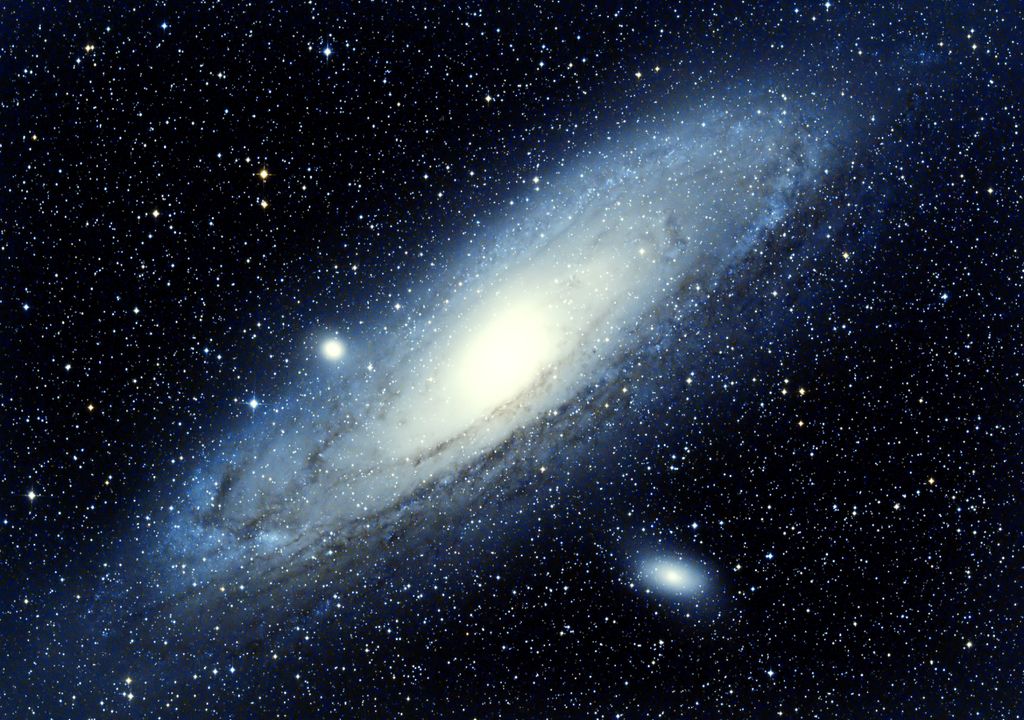
The research was led by Dr. Nathan Deeg and Dr. Christine Speakens Queen’s University in Canada It was co-authored by Professor Barbil Korybalski from CSIRO, It presents an amazing picture of a galaxy called… NGC4632 Which is 56 million light-years away from Earth.
This has been determined to be possible Polar ring galaxyIt is one of the most amazing types of galaxies in the universe and one of the most mysterious.
detected with ASKAP radio telescope CSIRO in Wagari Yamaji District, Western Australia, The galaxy contains a ring of gas that can only be seen at radio wavelengths. The ring orbits the galaxy at right angles to its spiral disk, like a ribbon-wrapped bundle of cosmic gas, dust and stars. Dr. Nathan Degg is co-author of condition Published in Monthly Notices of the Royal Astronomical Society.
“NGC 4632 is one of two polar ring galaxies we have identified out of 600 galaxies. The galaxies mapped in our first small study Wallaby“, said Professor Korybalski.
The mystery of the polar rings in galaxies
“Using ASKAP in the coming years We hope to uncover more than 200,000 hydrogen-rich galaxiesAmong them are many unusual galaxies like these with polar rings.” Why polar rings exist remains a mystery to astronomers. One possible explanation is that their polar rings The stellar rings, which appear mixed in with gas clouds, are material ripped from a passing galaxy.
There is no certainty regarding the composition of the polar rings that surround certain galaxies, however, there are a series of theories that may or may not be confirmed.
Another possibility is that Hydrogen flows along the threads of the cosmic web and accumulates in a ring around the galaxyStars are likely to form during this process.
In the future, polar ring galaxies could also be used to deepen our understanding of the universe, with potential applications in investigating dark matter. The polar rings could be used to probe the shape of the host galaxy’s dark matter, which could lead to new clues about the mysterious properties of the elusive matter.
More than 25 global collaborators From Canada, Australia, South Africa, Ecuador, Burkina Faso, Germany, China and other countries They worked together to analyze data from the first WALLABY study Collected using ASKAP and processed by Bausi Center for Supercomputing Research In Western Australia.

